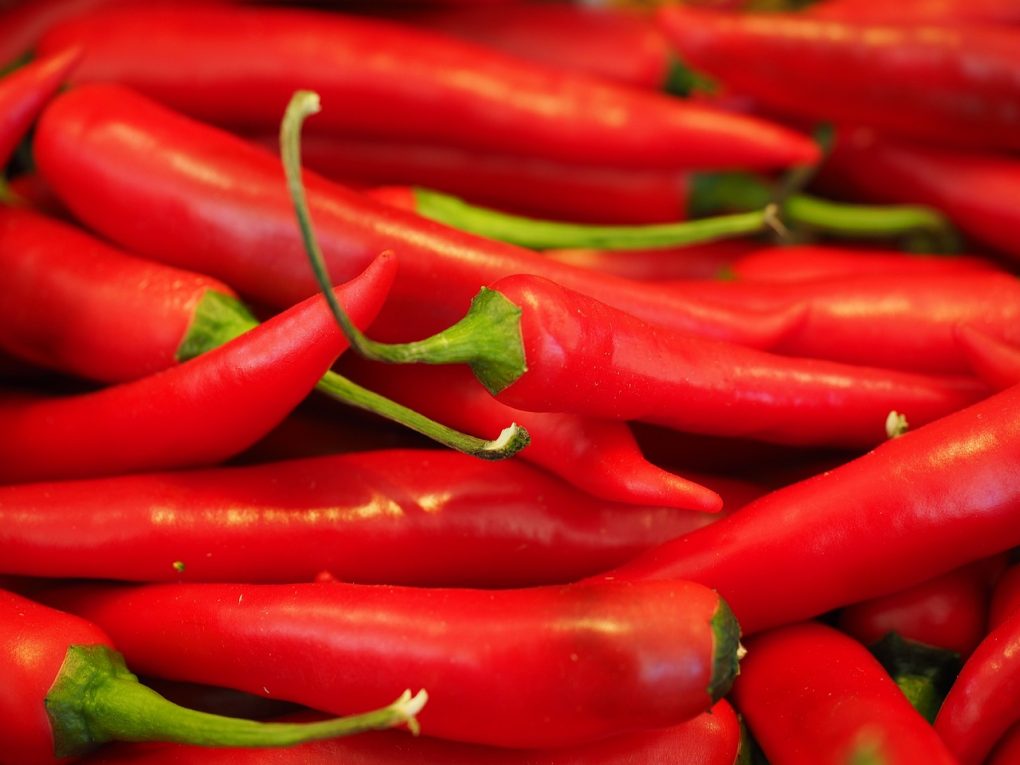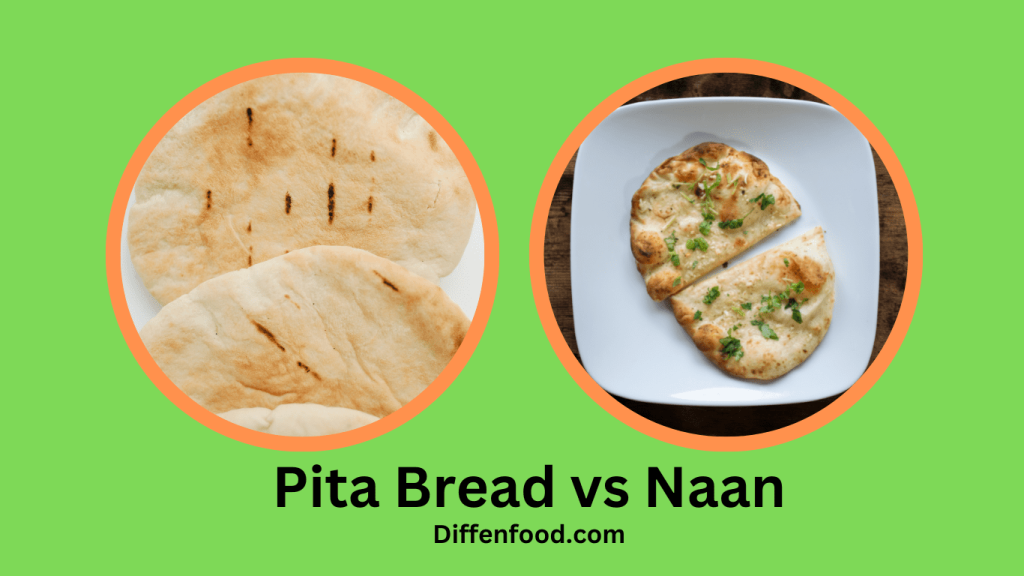
Are you looking for a suitable substitute for paprika? Whether you’re allergic to paprika or simply running low on your spice rack, there are several options that can be used as a substitute to achieve the desired flavor. To help you find the right paprika alternative, this comprehensive guide will provide you with all the information you need.
What is Paprika?
Paprika is a spice made from the dried and powdered pods of Capsicum annuum, which is a variety of sweet pepper. It is usually smoked and dried before being ground into a fine powder. Paprika is a popular ingredient in Hungarian, Spanish, and Serbian cuisines and is often used to add flavor to dishes. While paprika is commonly used to add a smoky flavor to dishes, it can also be used to add a mild sweetness and a bright red color.
Types of Paprika
There are several varieties of paprika, including sweet paprika, mild paprika, hot paprika, and smoked paprika. Sweet paprika is the mildest variety and has a mild, sweet flavor. Mild paprika has a slightly more intense flavor than sweet paprika, while hot paprika has a very intense and spicy flavor. Smoked paprika is made with smoked peppers and has a smoky, intense flavor.
Health Benefits of Paprika
Paprika is an excellent source of vitamins and minerals, including vitamin A, vitamin B6, and vitamin E. It is also a good source of dietary fiber, magnesium, manganese, and iron. Paprika is also a rich source of antioxidants, which can help protect your cells from oxidative damage. Additionally, paprika has anti-inflammatory properties, making it a great addition to any diet.
Substitutes for Paprika
There are several alternatives to paprika that can be used to achieve a similar flavor and color. Here are some of the most common substitutes for paprika:
Cayenne Pepper
Cayenne pepper is made from ground cayenne peppers and is often used as a substitute for paprika. It is a popular spice used in Mexican, Indian, and Southeast Asian cuisines and has a much more intense heat than paprika. Additionally, it has a bright red color that can be used to add a pop of color to dishes.
Chili Powder
Chili powder is a mixture of dried ground peppers, herbs, and spices, such as cumin and garlic powder. It is commonly used as a substitute for paprika and has a mild to medium heat. Additionally, it can add a smoky flavor to dishes.
Red Pepper Flakes
Red pepper flakes are made from dried and crushed red peppers and can be used as a substitute for paprika. They have a medium heat and are often used to add a spicy flavor to dishes. Additionally, they have a bright red color that can be used to add visual appeal to dishes.
Turmeric
Turmeric is a root that is dried and ground into a powder. It is often used as a substitute for paprika and has a mild flavor. Additionally, it has a bright yellow color that can be used to add a pop of color to dishes.
Sumac
Sumac is a dried berry that is ground into a powder. It is often used as a substitute for paprika and has a slightly tart and lemony flavor. Additionally, it has a bright red color that can be used to add visual appeal to dishes.
How to Use a Substitute for Paprika
When using a substitute for paprika, it is important to adjust the amount of the substitute that you use. Most substitutes for paprika are much more potent than paprika, so using too much can overpower the flavor of the dish. It is best to start with a small amount of the substitute and add more to taste. Additionally, it is important to adjust the cooking time, as most substitutes will have a stronger flavor than paprika and can burn quickly if cooked for too long.
Conclusion
Finding the perfect substitute for paprika can be a challenge, but there are several options that can be used to achieve a similar flavor and color. Cayenne pepper, chili powder, red pepper flakes, turmeric, and sumac are all excellent substitutes for paprika. It is important to adjust the amount of the substitute that you use, as most substitutes are more potent than paprika. Additionally, it is important to adjust the cooking time, as most substitutes will have a stronger flavor than paprika and can burn quickly if cooked for too long. With this comprehensive guide, you’ll be able to find the perfect substitute for paprika and enjoy all of the flavor and color that it has to offer.


